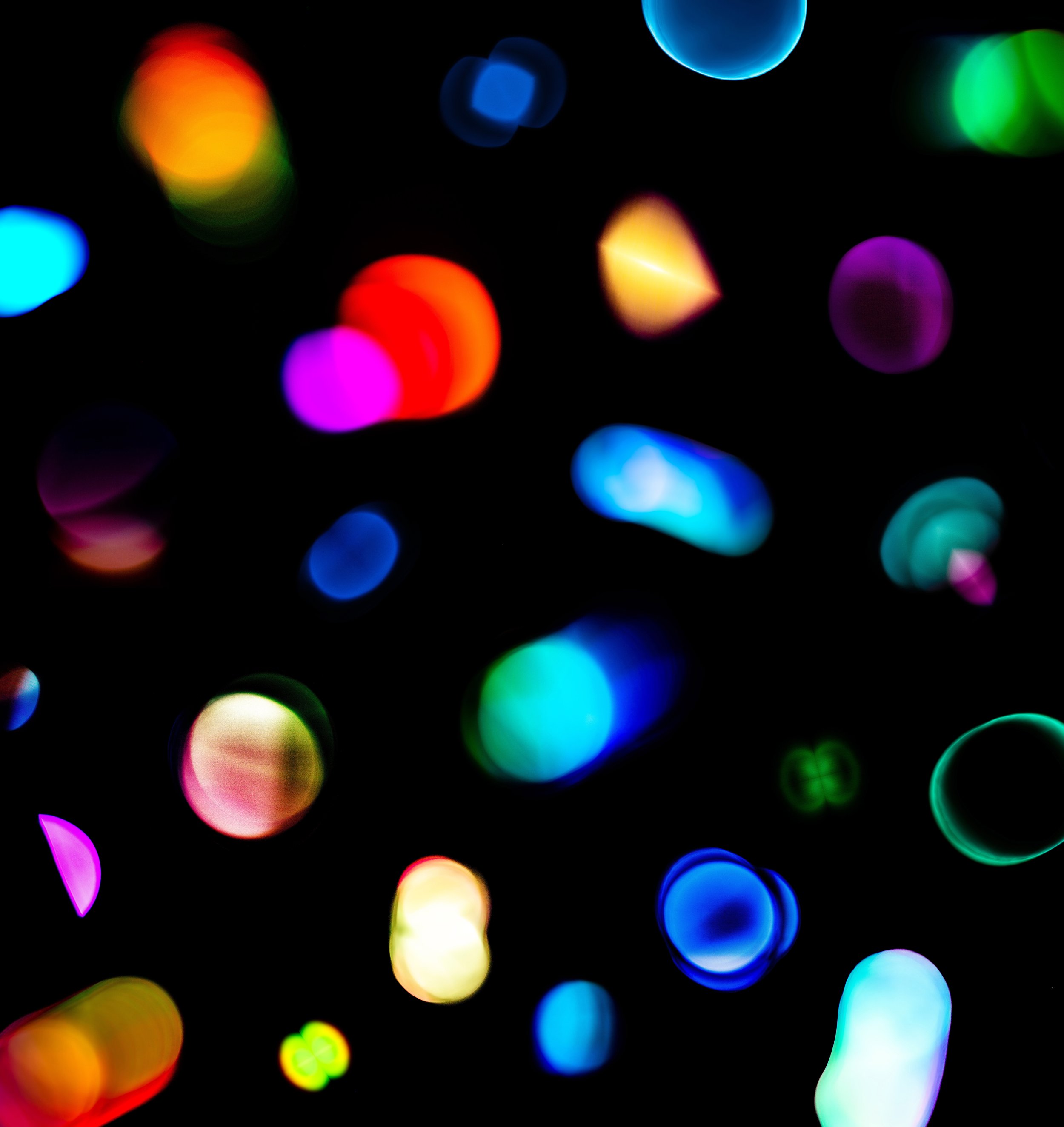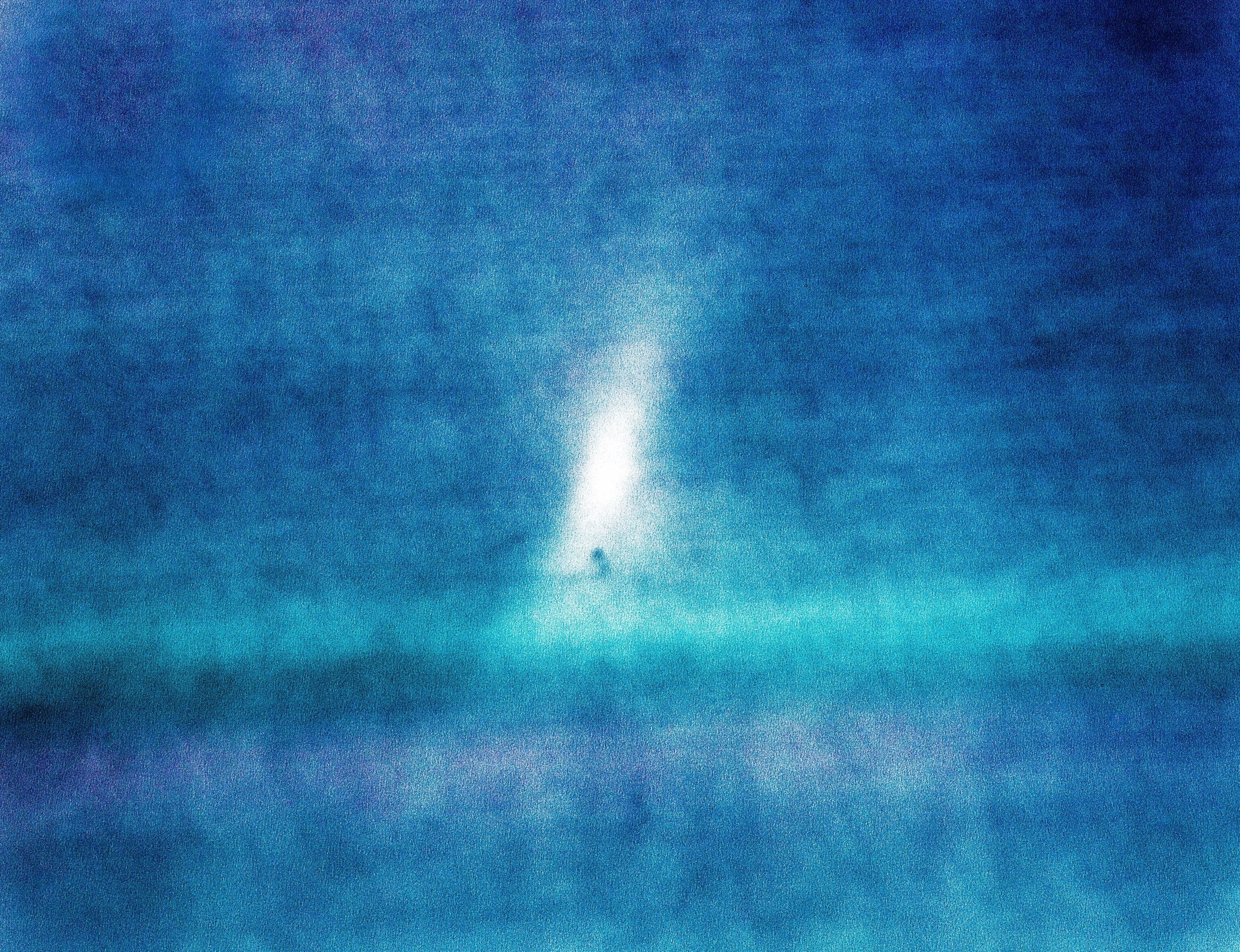My little hands, taking photographs, of little things, with a little motion, and a lot of light
An interview with Joey
Let’s start with the origin of this project. What first drew you to macro photography?
It actually started when I saw a series of photographs by Ray Collins, a photographer of abstract waves, in a gallery. His work really changed the way I thought about photography. He is extremely good at serendipity, if that’s even thing. He would capture these insane waves with such unusual shapes. I was very inspired and that stuck with me. After I graduated I then started experimenting with the idea of doing what he does, but with little waves, like less than an inch. I had no idea if it was even possible to make anything that looked interesting.
-
What was the process like once you started experimenting?
The process was really hard. A single session could involve taking 1,000 or 10,000 photos, and I’d be sitting there for hours, shaking the liquids in different shaped bowls or shaking small objects with my hands. I mostly natural sunlight because it gave the best light, but sometimes I used studio lighting.
After I explored making little waves, I was curious about seeing what would happen with small objects. The biggest challenge was keeping very small objects in focus while moving them. It’s hard enough to keep something in focus at a normal scale when there’s movement, but when you’re working with really tiny objects, even the smallest movement throws everything out of focus. Like pressing the camera shutter button can ruin the image because just that little press can move the camera and put the object out of focus. This is why maco photographers obsess over stillness, only use tripods and don’t usually press the camera shutter with their fingers, they do it digitally.
I spent a lot of time finding interesting materials to work with. I’d go to antique stores and pick up random objects — pocket knives, glass bowls, watch bands, matchbox cars, anything with a unique texture or reflective quality. I even used things like electromagnetic liquids or metal liquids like gallium and different teas mixed into weird concoctions. I also cut and combined multiple Basquiat artworks into a single small artwork. I really tried so many things. Part of the art is material selection. I just loved not knowing what I was going to get. I really went pretty extreme on the subject selection.
I feel like the sense of surprise seems to be a big part of what drives you.
Definitely. I wasn’t interested in capturing real things, like things you could recognize. That didn’t excite me. I wanted to create something new, something that couldn’t exist without movement. I’m obsessed with experimenting and this type of art really resonated with me.
You previously mentioned that keeping things in focus while moving them was a major technical challenge. How did you solve that?
It came down to a lot practice because these are all long exposure photographs and it’s so hard keeping things in focus. Before taking a picture, I would study the surface of the object, then I’d practice moving my hand in a movement that best mirrored the object’s surface. If the object is flat, like a piece of paper on a table, all you need to do is slide the paper along the table to keep its distance consistent. But if you crumple this piece of paper into a ball, you have to move it in tiny, small ways that match each bump and curve so it stays in focus. Every twist and turn of your hand compensates for its shape, which takes a lot of practice to do smoothly. I don’t think people realize how hard that is, to keep something very small in focus while it’s being moved quickly in a sweeping and twisting manner, but all the while I’m trying to microscopically trace the object’s outline.
A lot of abstract photography can just look like random blurs. That’s because its easy and can look cool. But not really unique. Same with light painting, that’s pretty tried and some people are pretty skilled at that. I wanted to invent my own process that keep had detail, clarity, depth, and required skill.
It’s incredible to hear the level of precision and practice that goes into your process. As you reflect on this project, what did it reveal about your artistic process or perspective that surprised you, and how has it influenced your work since?
Art can be found anywhere. In yourself, outside yourself, or both. All you have to do is look, look deeper, and do this again and again. Through these works I developed this artistic philosophy: To find originality, focus on curiosity and then pursue your curiosities deeply over and over. That’s it. Anything else isn’t original.
Untitled 1- Bokeh
Untitled 2
Untitled 3
Untitled 4
Untitled 5
Untitled 6
Untitled 7
Untitled 8
Untitled 9
Untitled 10
Untitled 11
Untitled 12
Untitled 13
Untitled 14
Untitled 15
Untitled 16
Untitled 17
Untitled 18
Untitled 19
Untitled 20
Untitled 21
Untitled 22
Untitled 23
Untitled 24
Untitled 25
Untitled 26
Untitled 27
Untitled 28
Untitled 29
Untitled 30
Untitled 31
Untitled 32
Untitled 33
Untitled 34
Untitled 35
Untitled 36
Untitled 37
Untitled 38
Untitled 39
Untitled 40
Untitled 41
Untitled 42
Untitled 43
Untitled 44
Untitled 45
Untitled 46
Untitled 47
Untitled 48
Untitled 49
Untitled 50
Untitled 51


















































